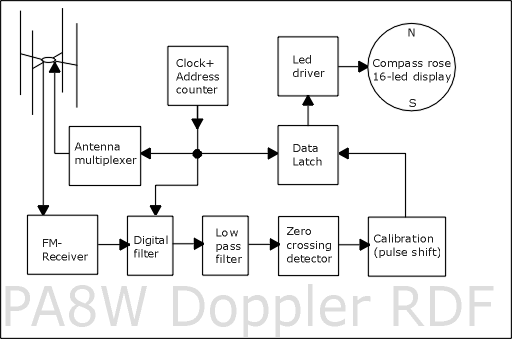sk001
New Member
I currently met a problem, I need to use a microcontroller to find the direction of the target in a small range ( <=20 meters ), laser and ultrasound do not work, think of the following methods
1. Make the target as a signal source, and the two antennas of the receiver judge the Angle according to the difference of the signal arrival time.
2. Only one antenna on receiver, and the receiver rotates to find the strongest Angle of the signal.
3. Same as 2, but add a 'shielding surface' to find the two places where the signal disappears to judge the target location
Which plan is easier to achieve?
1. Make the target as a signal source, and the two antennas of the receiver judge the Angle according to the difference of the signal arrival time.
2. Only one antenna on receiver, and the receiver rotates to find the strongest Angle of the signal.
3. Same as 2, but add a 'shielding surface' to find the two places where the signal disappears to judge the target location
Which plan is easier to achieve?
Last edited:


